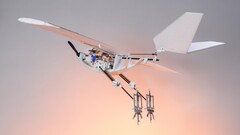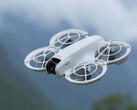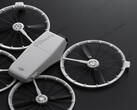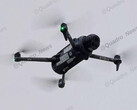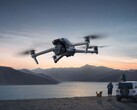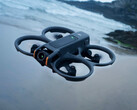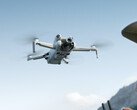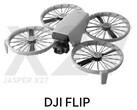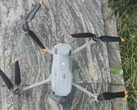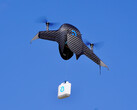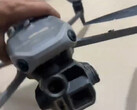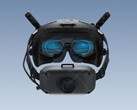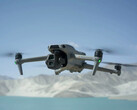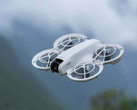Researchers at EPFL's Laboratory of Intelligent Systems (LIS) have developed a groundbreaking bird-inspired drone, RAVEN (Robotic Avian-inspired Vehicle for multiple ENvironments), that integrates walking, hopping, and jumping for versatile take-off methods. The design of this drone is inspired by the leg and wing coordination observed in birds like crows, which transition seamlessly between land and air.
RAVEN addresses previous limitations of robots designed solely for walking, which tend to be too heavy to jump, and jumping robots that lack feet suitable for walking. By adapting biomechanics seen in birds, the lightweight design allows the drone to traverse rough terrain, jump gaps, and take off from restricted locations—scenarios that traditional winged drones cannot manage.
Led by Dario Floreano, EPFL researchers collaborated with experts from the BioRobotics Lab and Neuromechanics Lab to optimize the drone’s design. PhD student Won Dong Shin modeled avian-inspired legs using mathematical simulations. The legs mimic avian tendons and muscles through springs and motors while remaining lightweight at 0.62 kg. Additionally, the feet have elastic joints, that support postures for walking, hopping, and jumping.
This research is expected to contribute to potential applications for drones, including deliveries, disaster relief, and inspections in confined or inaccessible areas. As Floreano explains, RAVEN is a huge step toward creating agile, energy-efficient flying robots by directly borrowing cues from avian locomotion.




